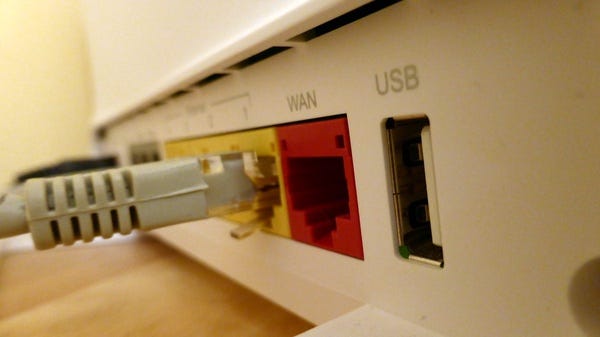Advocating Community Ownership of Fiber Networks
The unprecedented amount of federal funding being made available for broadband presents great opportunities for Oregon.

The unprecedented amount of federal funding being made available for broadband presents great opportunities for Oregon.
Most significant is what it could mean to communities receiving help with funds to build and own fiber networks to serve their unmet needs.
Owning the fiber network allows the community to select the provider or providers who will operate the system and provide quality service at competitive prices. This form of public/private partnership exists and has been successful in Oregon and elsewhere. An Oregon example is Maupin, on the Deschutes River. National and international examples can be found here.
Little mention is found regarding the merits of community ownership, in large measure because our telecommunications traditions have been based on what has been called a “natural monopoly.” Historically, the technology has been controlled by its owners, subject only to laws and rules needed to curb abuses of monopoly status. “Light touch” is used to describe the state of telecommunications regulations in place today.
The ownership pattern has been for small, successful local providers that have risen to meet unserved needs to be purchased and added to highly profitable companies with investors looking for the returns that a monopoly can provides. Efforts to create competition have been unsuccessful in many markets, due in large measure to laws protecting incumbent providers and the economic strength of the monopoly provider. Control and influence over prices and the quality of service move from the local community to the headquarters of the acquirer.
By reporting this pattern, I do not wish to demean or diminish the important and valuable role most providers have played in serving their customer bases, but to ensure the availability of options where needs remain unmet.
Never has quality broadband service and the fiber infrastructure that provides it been more important than it is today – and will be tomorrow. We all know it is an essential infrastructure and service. The pandemic has proven the point.
The “unserved” and “underserved” criteria ignore the competition consideration, due in part to a highly effective telecommunications lobby. According to a recent report, the telecommunications industry spent $234 million on lobbying during the 116th Congress alone, or nearly $320,000 a day. Those lobbying efforts are directed at continuing “light touch” regulation, keeping FCC oversight to a minimum, and opposing net neutrality. Another target has been the Accessible, Affordable Internet for All Act, with provisions to help fund local community broadband.
Has that lobbying and the companies that support it been able to keep the United States in a leadership position among other nations in making broadband available? Most reports say no (like here).
The community-owned open access model depends on including existing providers, while making capital investments that they have not been willing to make; it does not try to put them out of business in the community to be served. It simply requires that they be responsive to competitive pressures and consumer needs. One industry observer in a January 2022 article had this to say:
These broadband populists and radicals harbor an overarching animus toward the capitalist system and large corporations in general—and they believe that broadband, much like roads and sewers, is inherently a public utility—so they seek to overthrow the current system and replace it with one in which broadband is either provided by government or, if that is not possible, then operated as a tightly regulated utility.
I do not agree with this view. The “capitalist system” created what we have, and for that we are grateful. “Overthrow” and replacement is not the goal; the goal is to maximize the availability and affordability of broadband. Achieving it would be impossible without the participation of existing providers.
Another consideration is worthy of mention in this time of opportunity. The nature and scale of these broadband initiatives could have the effect of maintaining more of the nation’s wealth at the community level. Part of the return on investment of this public funding will stay with the taxpayers who provided it.
Allowing competition to flourish in Oregon communities using all available business models will help ensure that local communities are served and local economies are strengthened. We urge your support for funding public/private partnerships that will result in broadband solutions that will provide the highest speeds and best quality of service for Oregonians that otherwise may not be served.
Grew up on ranch near Shaniko, degrees OSU and UO Law; Law practice, The Dalles and Dufur, now retired; past board chair, OPB; current president, Sun River Owners Association; telecom advocate since service as Navy communications officer in 1962.




